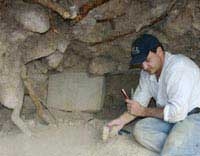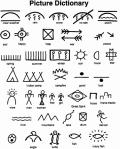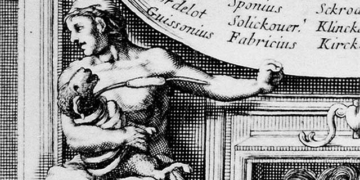During the excavation for the restoration of the Hồ King Temple dedicated to the scholar Hồ Hưng Dật (Quỳnh Lưu District, Nghệ An), locals discovered numerous rare ancient bricks, tiles, stone slabs, and dragon heads.
The Temple of Scholar Hồ Hưng Dật, also known as The Hồ King Temple, is located on Thượng Đột Hill (Ngọc Sơn Commune, Quỳnh Lưu District, Nghệ An). The temple was established in 1403 to honor the first ancestor of the Hồ family in Vietnam, Scholar Hồ Hưng Dật.
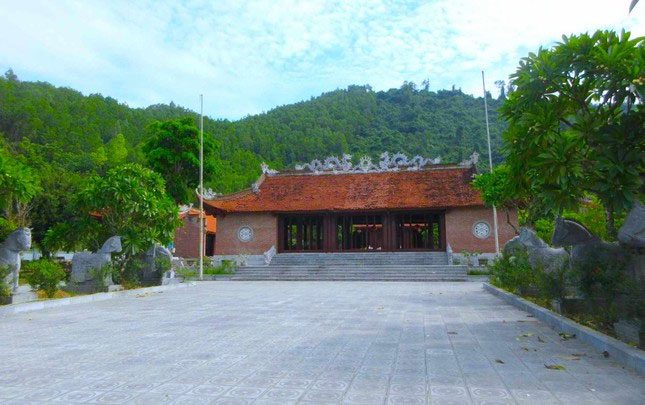
The Hồ King Temple in Ngọc Sơn Commune (Quỳnh Lưu District, Nghệ An) was built in 1403.
According to historical records, Scholar Hồ Hưng Dật was appointed as the Governor of Diễn Châu (now part of three districts: Yên Thành, Diễn Châu, and Quỳnh Lưu in Nghệ An). He made significant contributions to this region. Therefore, when he passed away, people from various areas built temples in his honor.
In 1403, the then King Hồ Hán Thương ordered the construction of a temple to honor the original ancestor Hồ Hưng Dật and his esteemed predecessors. Later, when King Hồ Quý Ly, Hồ Hán Thương, and Princess Bạch Y (daughter of Hồ Quý Ly) passed away, the people and descendants of the Hồ family included them in the worship at the temple. The name Hồ King Temple originated from this practice.
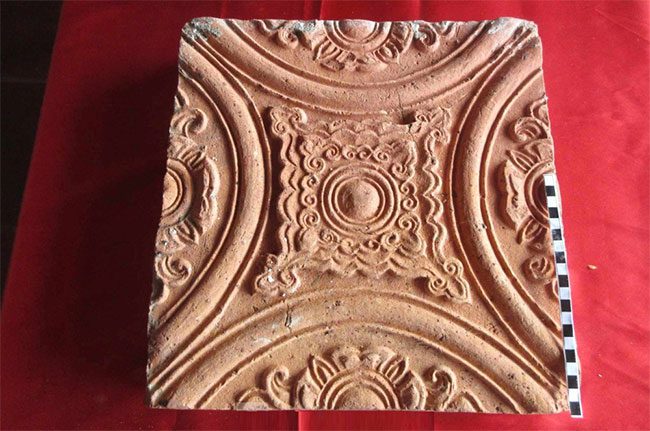
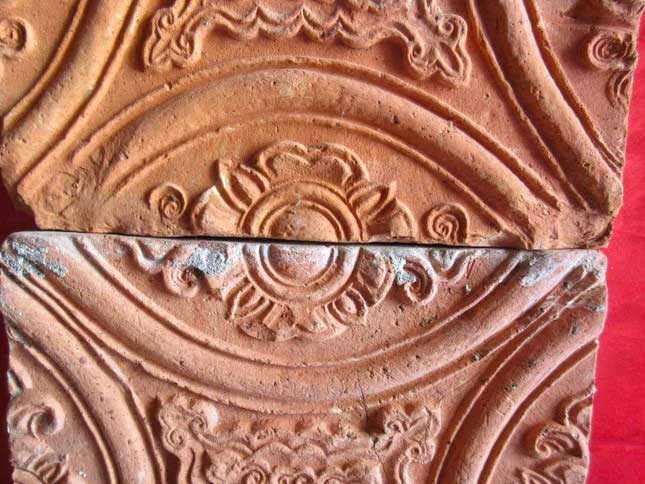
Rare ancient floor tiles found during the reconstruction process of the temple. The bricks feature intricate designs. Despite being over 600 years old, they remain vibrant.
In the past, the temple was quite large, comprising various structures such as the worship hall, lower palace, middle palace, upper palace, left wing, right wing, bell tower, and drum tower. Over the years, due to historical upheavals and natural disasters, these structures gradually deteriorated. In 2005, the temple was restored on its original site.
During the excavation for the restoration, relevant authorities and locals uncovered many remnants of the ancient temple, including stone bases, floor tiles, tiles, and stone steps…
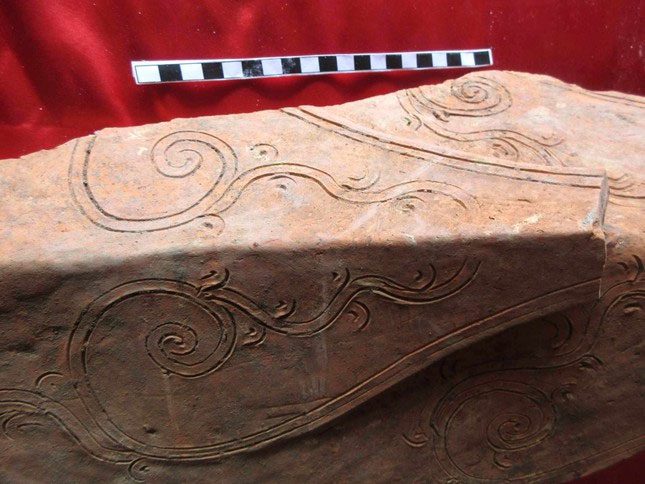
A piece of the ancient temple roof’s corner found and preserved at the temple.
However, these ancient artifacts were later dispersed to various locations. Some were taken to the Nghệ An Museum, the traditional room of Quỳnh Lưu District, while others were kept by local families or descendants. When the temple was completed and opened for use, some valuable artifacts were returned by local families for preservation and worship.
Among the discovered artifacts, there are 10 floor tiles with bright colors and unique, eye-catching decorative patterns. These tiles are made of terracotta, measuring 38cm x 38cm and 8cm thick. The center of each tile is adorned with a chrysanthemum design surrounded by smaller raised circles. The outermost layer features two waves, decorated on all four sides, forming a square that encases the chrysanthemum. The four sides feature half-circular and half-chrysanthemum designs. When interconnected, these tiles create new chrysanthemum patterns at the corners.
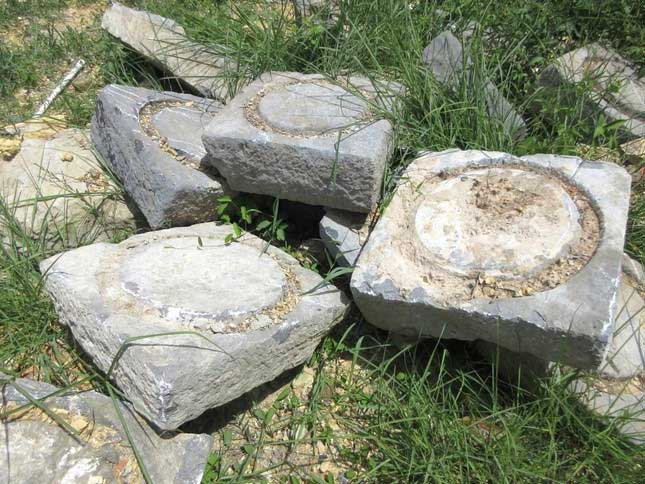
16 ancient stone bases discovered during the temple restoration.
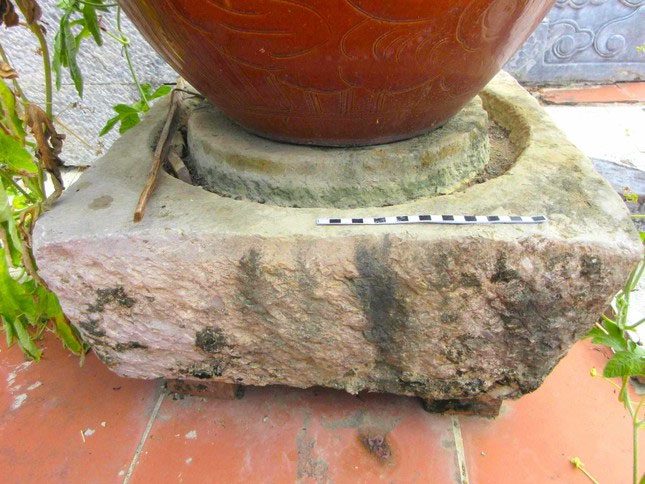
These stone bases are over 600 years old.
Researcher Đào Tam Tỉnh (former Director of the Nghệ An Library) stated that the patterns on these tiles are characteristic of the Trần Dynasty’s ceramics. Since the temple was built in 1403, the Hồ Dynasty had just been established, and the influences of the Trần Dynasty were still vividly present, including in ceramic art.
Remarkably, the floor tiles found in this temple are over 600 years old, buried underground but still remarkably intact, preserving their patterns and details.
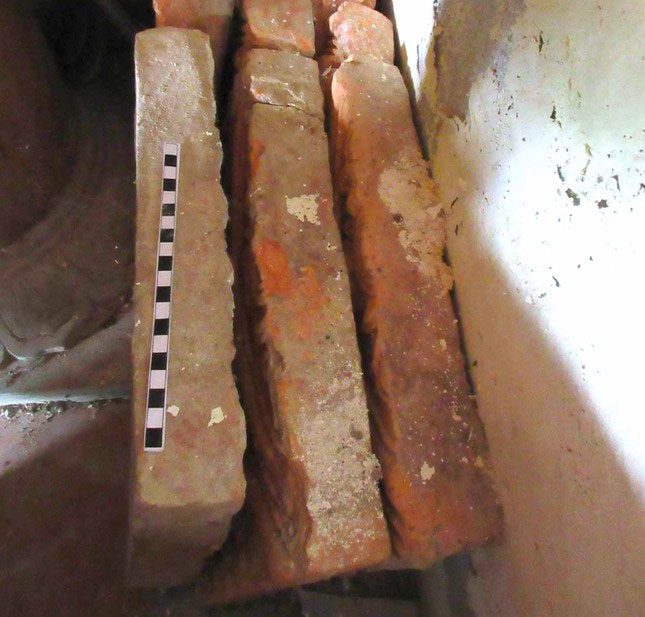
These artifacts are still preserved at the Hồ King Temple.
It is known that besides the 10 floor tiles, the Hồ Hưng Dật temple also retains a portion of the roof’s corner. This corner is decorated with leaf patterns. Additionally, there are 16 stone bases of various sizes. The largest base is 0.35m high and 0.6m x 0.6m in size. These items are considered rare artifacts in Nghệ An Province.
Mr. Nguyễn Văn Chương – Chairman of the Ngọc Sơn Commune People’s Committee (Quỳnh Lưu District, Nghệ An) stated that the temple dedicated to Scholar Hồ Hưng Dật covers an area of 7 hectares, maintained and restored by the Hồ family. The artifacts discovered during the restoration process are being preserved in the traditional house within the temple grounds. Every year, descendants of the Hồ family from all over the country come to pay their respects and visit the temple in large numbers.









































